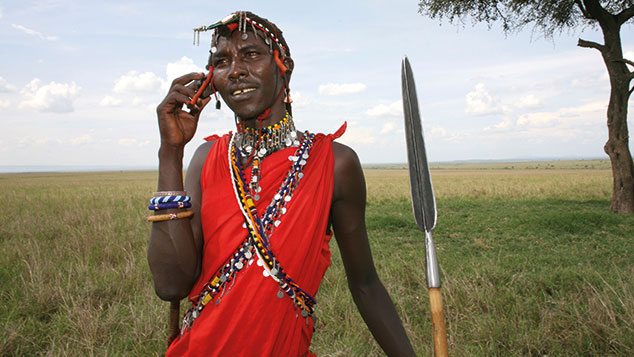
In the 2000s, Africa grew by more than 5% a year and the financial media was full of stories about its potential. African stockmarkets are widely seen as a commodity play, so it’s no wonder investors’ enthusiasm has dwindled in the past few years as the bear market in raw materials took hold. But there has always been more to the Africa story than that – and stronger global growth will bolster metals and food exports too.
Sub-Saharan Africa, which comprises 46 of the continent’s 54 economies, is expected to grow by 3.2% this year, says the World Bank. Strip out heavyweights Nigeria, Angola and South Africa, beset by the oil-price slide or severe domestic political turbulence, and the region’s growth rate is 5%.
The continent’s development is a triumph for free trade, says Daniel Hannan in The Sunday Telegraph. Many states have turned away from the protectionism and socialism of the post-colonial era and become more integrated with the global market system. Economic liberalisation has reduced poverty, bolstered literacy, and encouraged people to demand more political freedom. Zimbabwe, for instance, will be one of 15 African countries to hold elections this year. It also boasts an inflation rate lower than Britain’s (2.5%) and is considering a privatisation programme.
Tech provides extra pep
Thanks to the young population, the labour force should reach around 1.1 billion by the early 2030s and, by the middle of the next decade, urbanisation will have been so rapid that the equivalent of another ten Cairos will have materialised, according to McKinsey Global Institute, a consultancy. Productivity is always higher in cities than in the countryside, so this bodes well for growth. Technology is giving growth an added fillip. Many people “are going straight from bricks of banknotes to phone-based payment systems without the intervening stage of bank accounts”, says Hannan.
Deepening ties on the continent would help too, says The Economist: African countries still trade twice as much with Europe as they do with each other. Enter the Continental Free-Trade Area (CFTA), which is due to be signed in March, but then requires 15 states to ratify it if it is to come into force. In the best-case scenario, with all the continent’s tariffs being removed, intra-African trade would be 52% higher in 2022 compared with 2010. Africa has a long way to go, but the sense of progress is palpable. Investors will be paying a lot more attention to its stockmarkets in 2018.